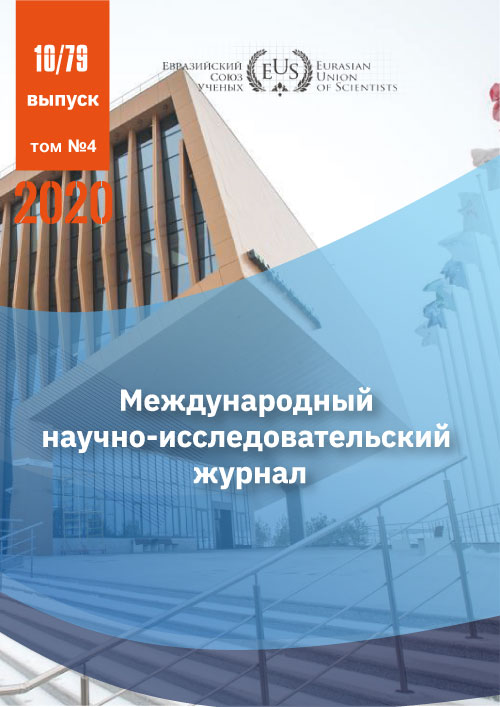RUSSIAN-LANGUAGE LITERATURE OF CHECHNYA AS A PHENOMENON OF CONTACT BILINGUALISM
Abstract
The article considers the Russian-language literature of Chechnya as a language interaction-bilingualism. Russian-language literature is characterized by the construction of a syncretic model of the world using: a) the use of "foreign" genres, b) contact bilingualism as a relationship and mutual influence of bilinguals in Chechen literature, C) the juxtaposition of national and Russian literary traditions. The continuity of foreign criteria and traditions in Russian-language literature is considered as a natural phenomenon in the General literary process of Russia.
References
3. Бродский Н. Генеалогия романа «Рудин» // Памяти П.М. Сакулина. – М., 1931. – С. 23.
4. Герцен А. Полн. собр. соч. – Т. 18. – М., 1953. – С. 18.
5. Груздев И. Мои встречи и переписка с Горьким // Звезда. – 1961. – № 1. – С. 154–155.
6. Губанукаева М. Фольклорное и художественное мировидение С-Б. Арсанова в контексте формирования и развития чеченской прозы: дисс… канд. фил. наук. – Майкоп, 2006. – С. 78.
7. Дахкильгов И. Современный ингушский роман // Дружба народов. – 1969. – № 2. – С. 132. 8.Конрад В. Восток и Запад. – М., 1977. – С. 508. 9.Лизунова Е. Современный казахский роман. – Алма-Ата, 1964. – С. 34.
10. Лихачев Д. Будущее литературы как предмет изучения // Новый мир. – 1969. – № 9. – С. 184.
11. Марков Д. Проблемы теории социалистического реализма. – М., 1975. – С. 281.
12. Новиков В. Советская литература на современном этапе. – М., 1981. – С. 15.
13. Первый Всесоюзный съезд советских писателей. Стенографический отчет. – М., 1934. – С. 561.
14. Ромм С. Алексей Чапыгин // Звезда. – 1938. – № 10. – С. 238.
15. Тимофеев Л. По воле истории. – М., 1986. – С. 136.
16. Храпченко М. Творческая индивидуальность писателя и развитие литературы. – М., 1977. – С. 362.
CC BY-ND
A work licensed in this way allows the following:
1. The freedom to use and perform the work: The licensee must be allowed to make any use, private or public, of the work.
2. The freedom to study the work and apply the information: The licensee must be allowed to examine the work and to use the knowledge gained from the work in any way. The license may not, for example, restrict "reverse engineering."
2. The freedom to redistribute copies: Copies may be sold, swapped or given away for free, in the same form as the original.







